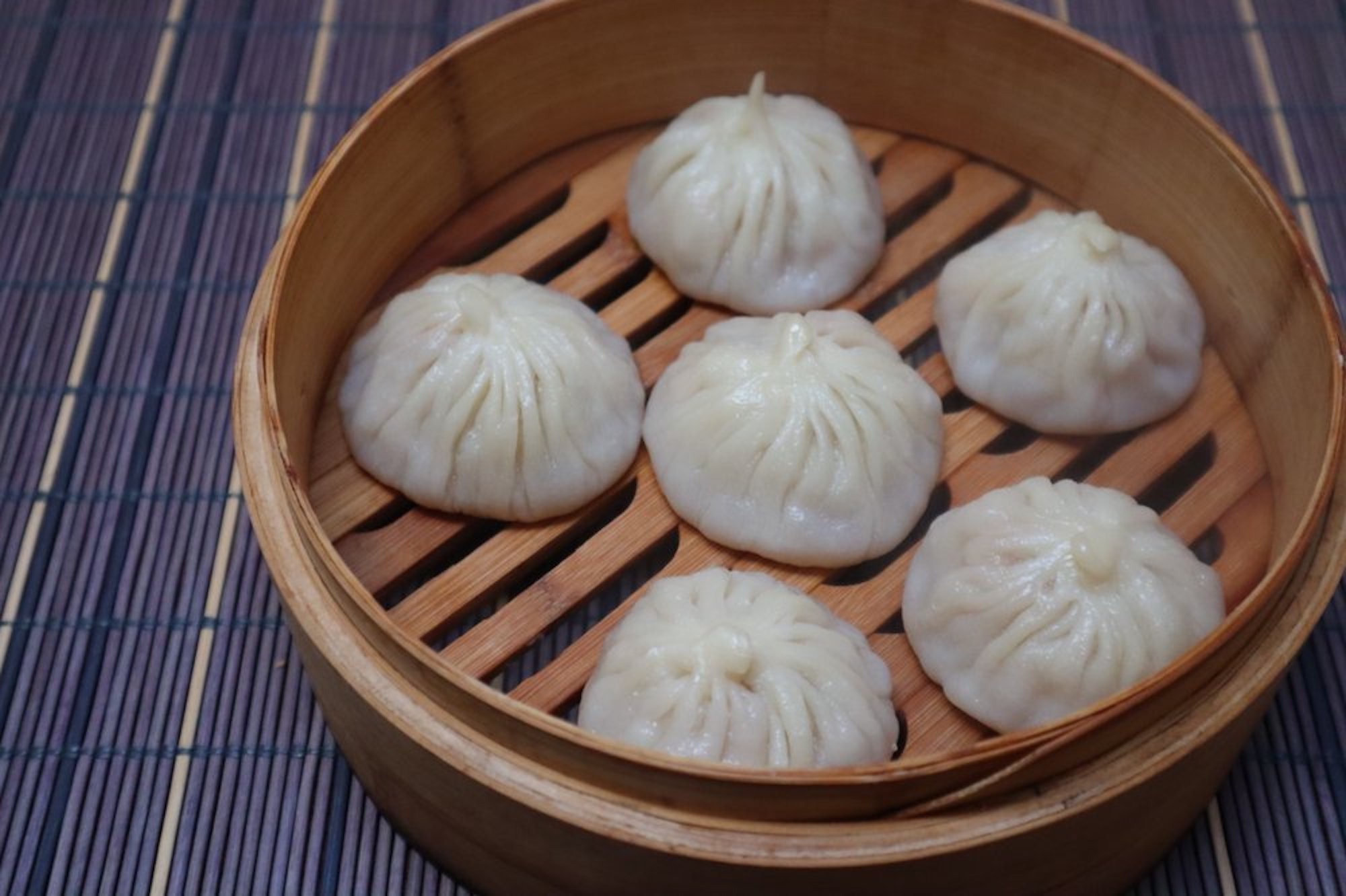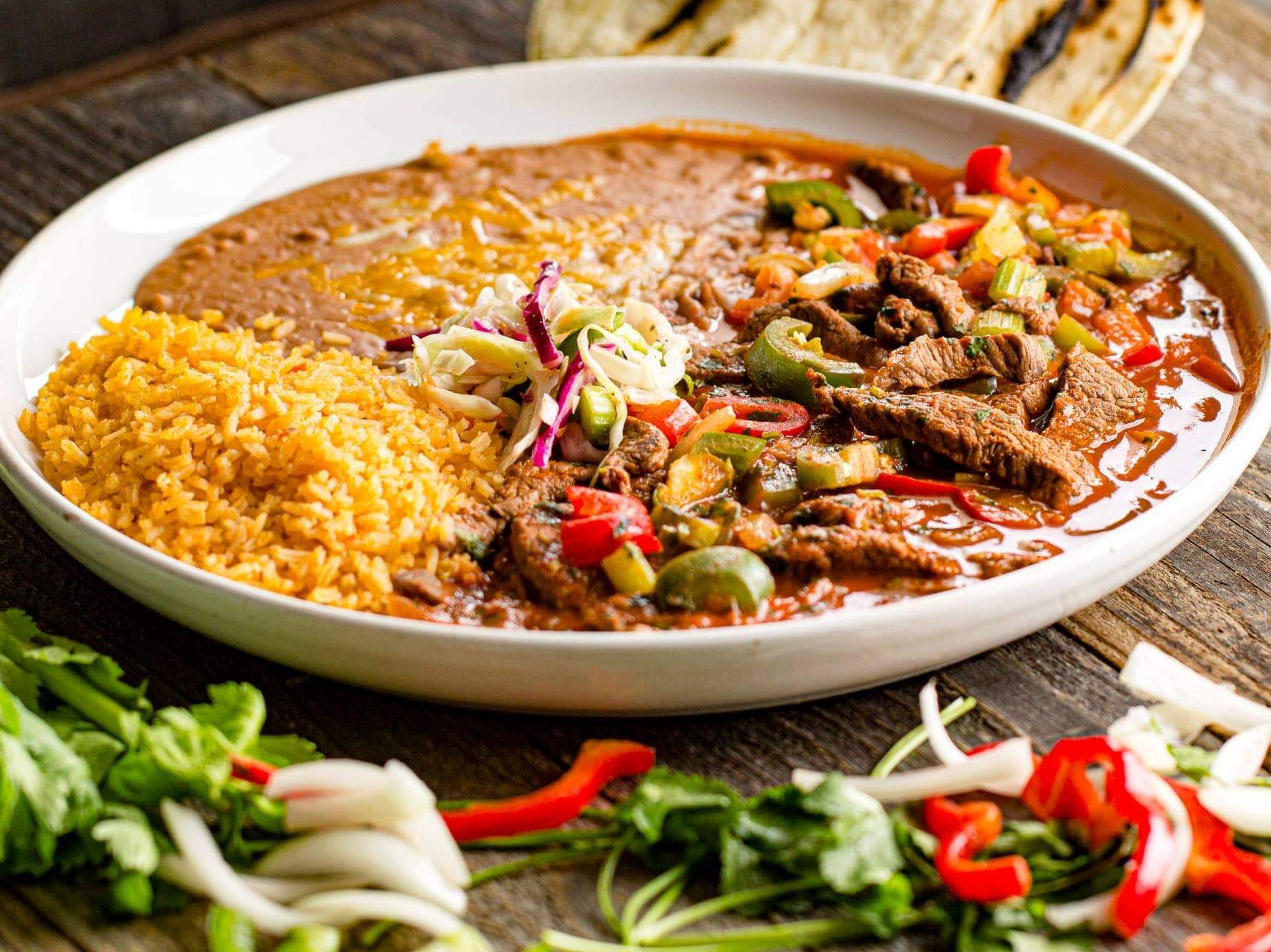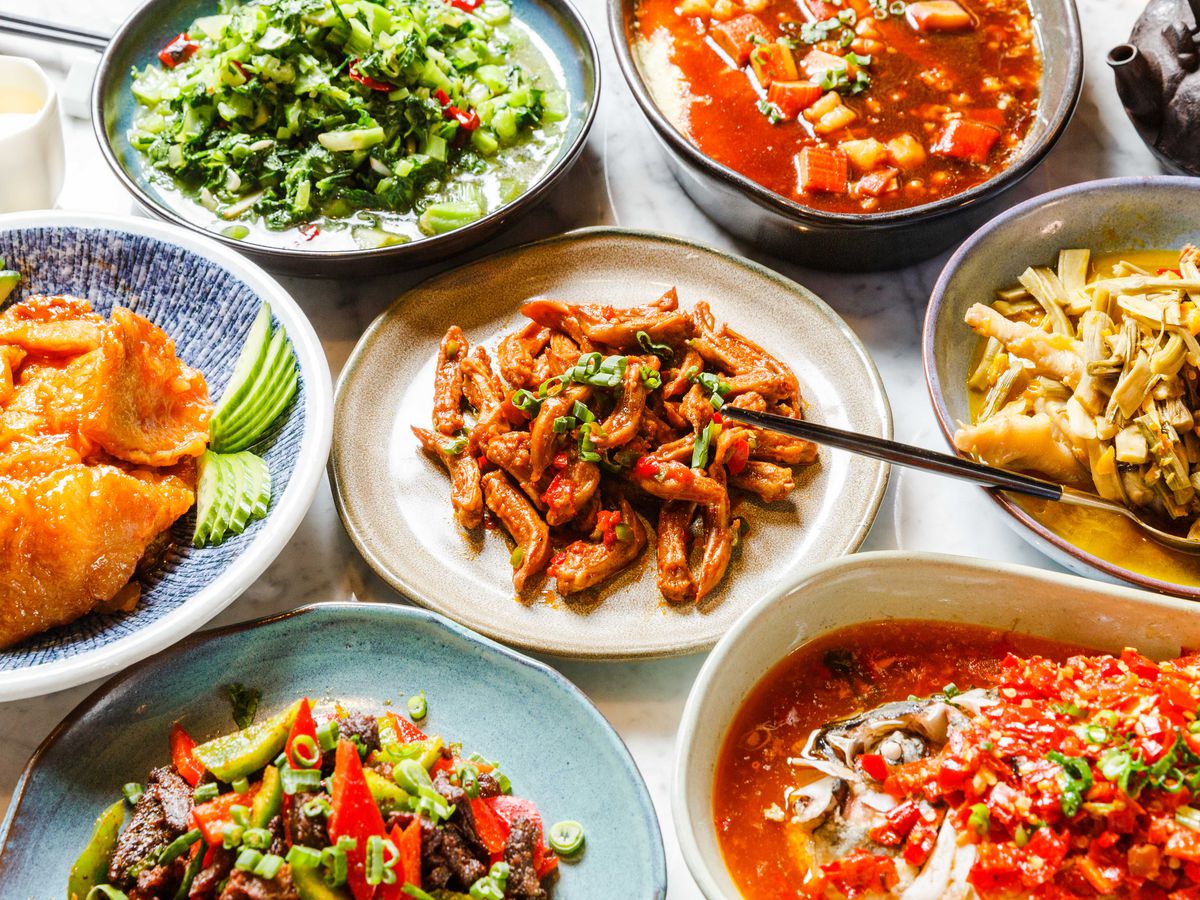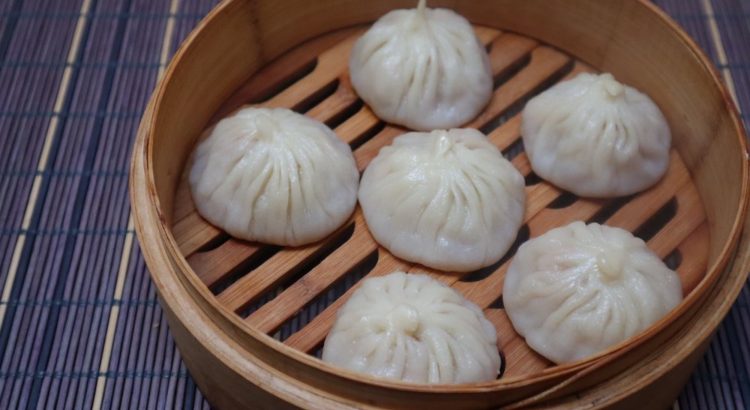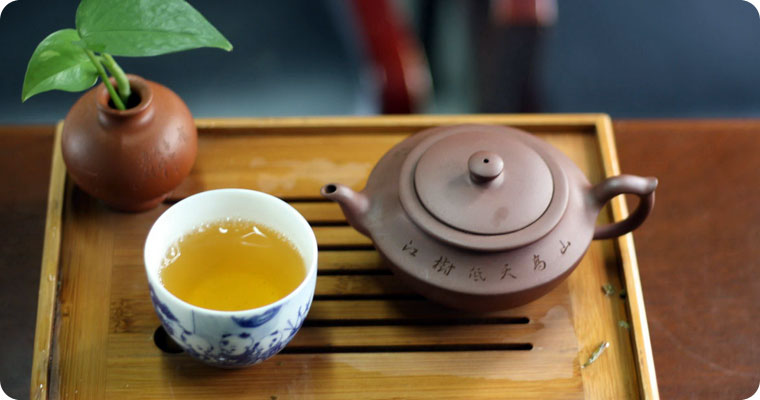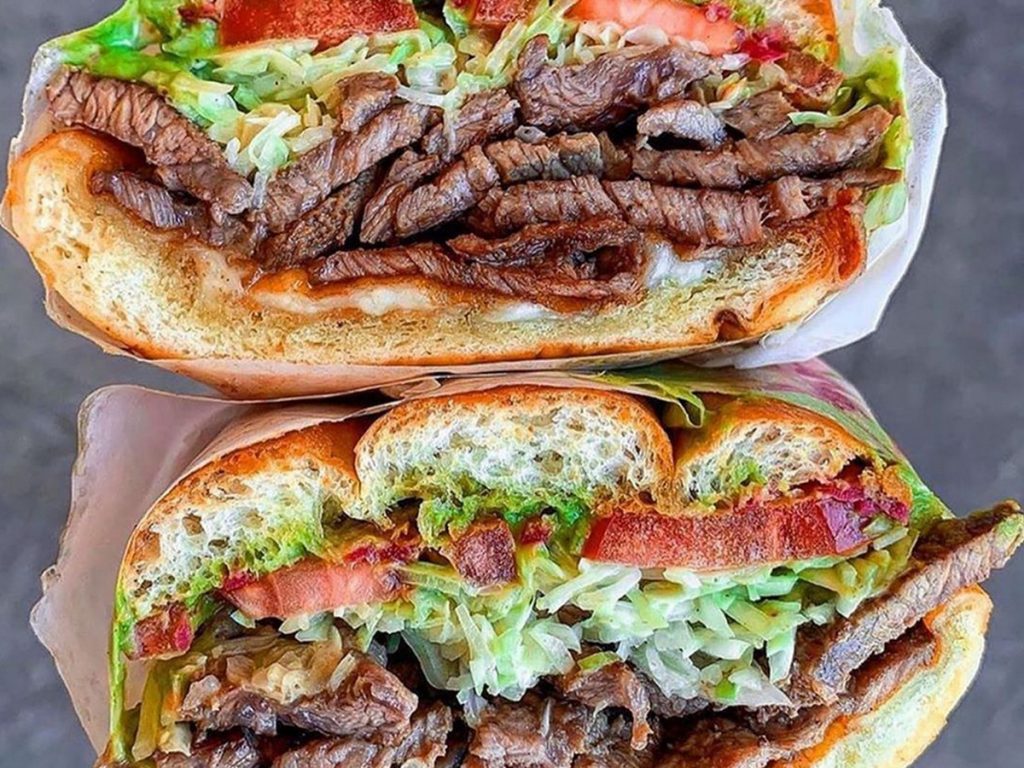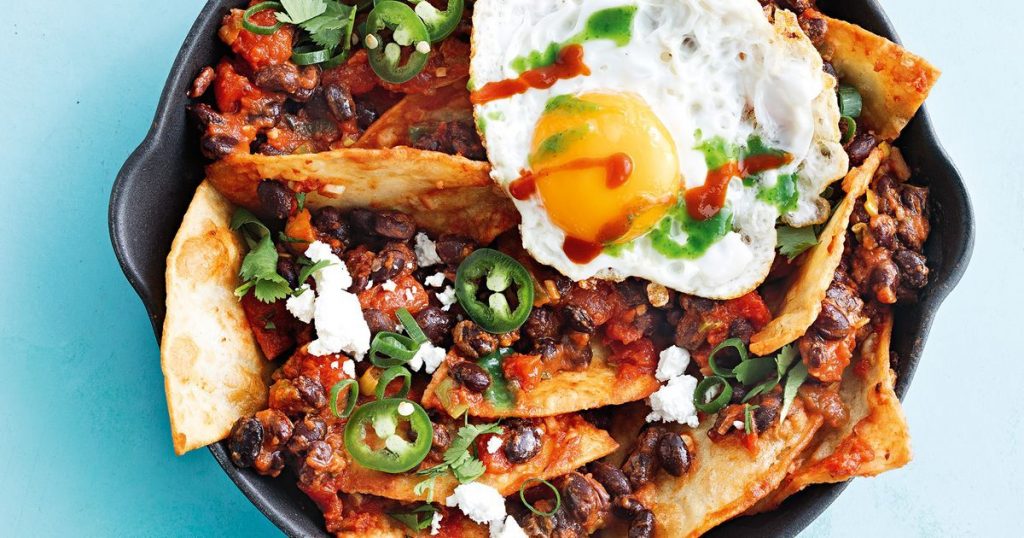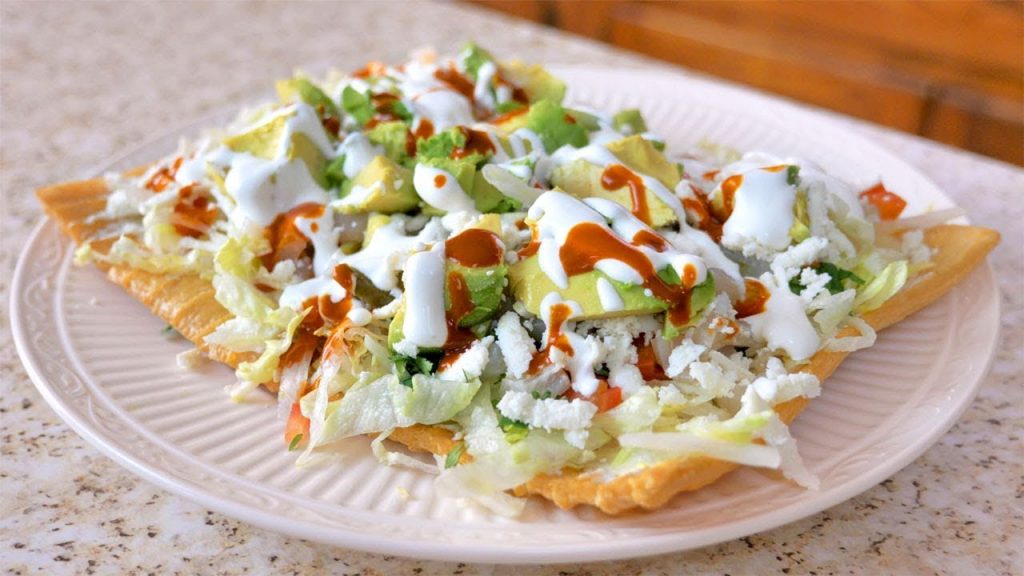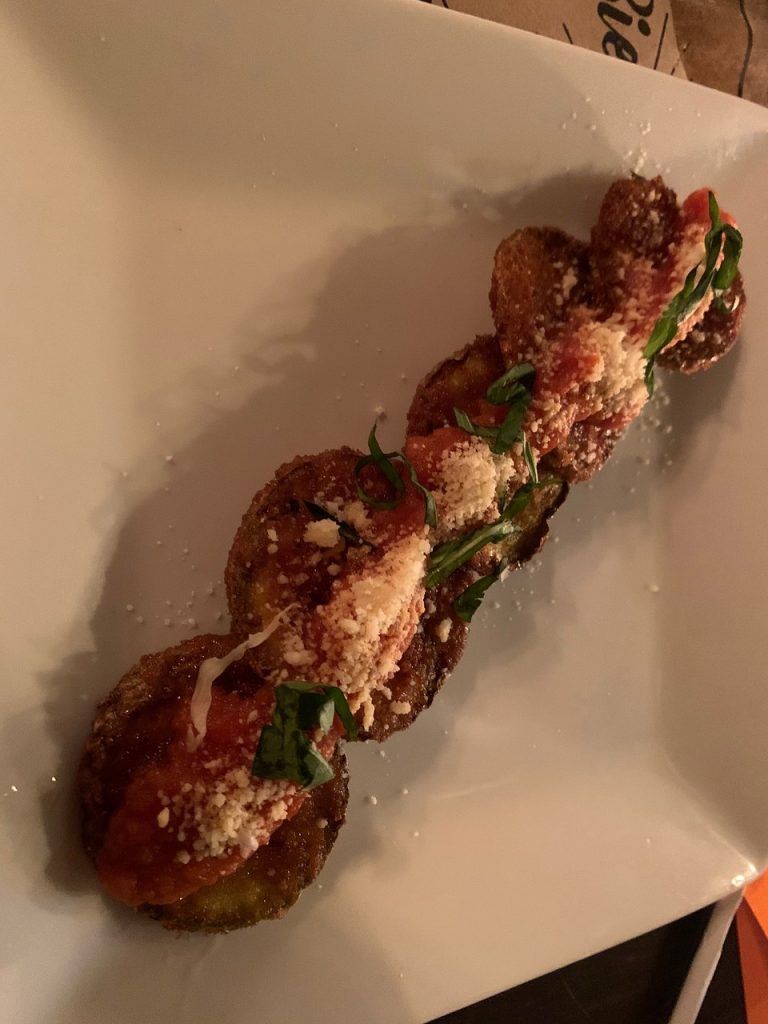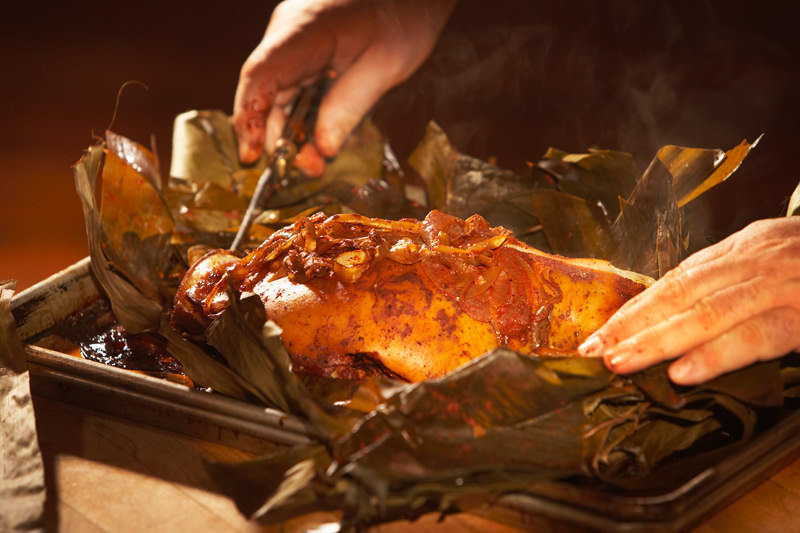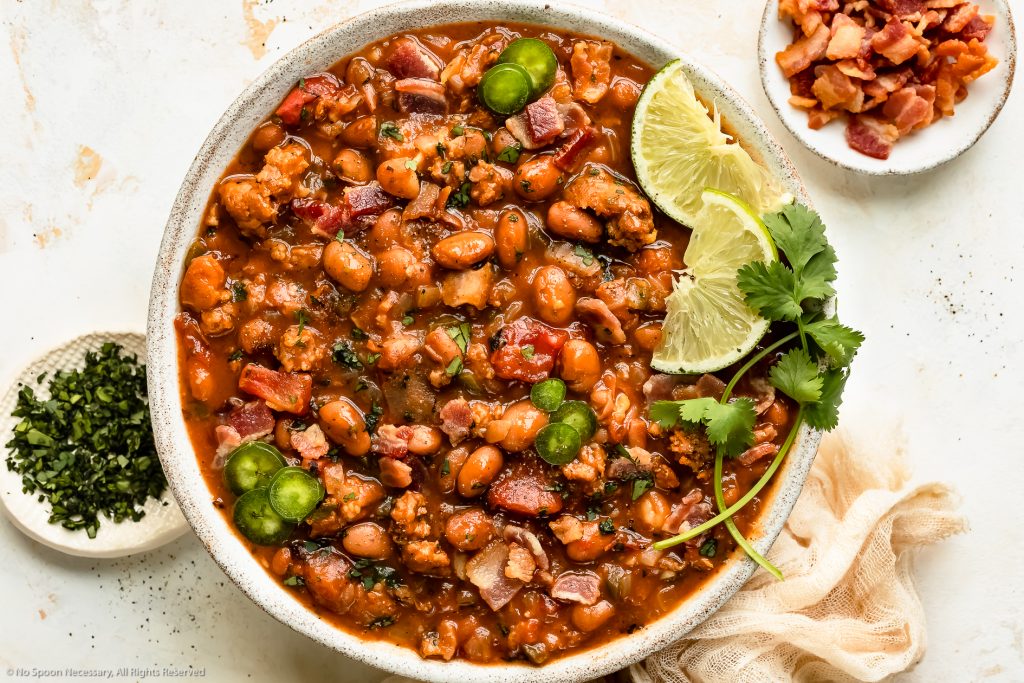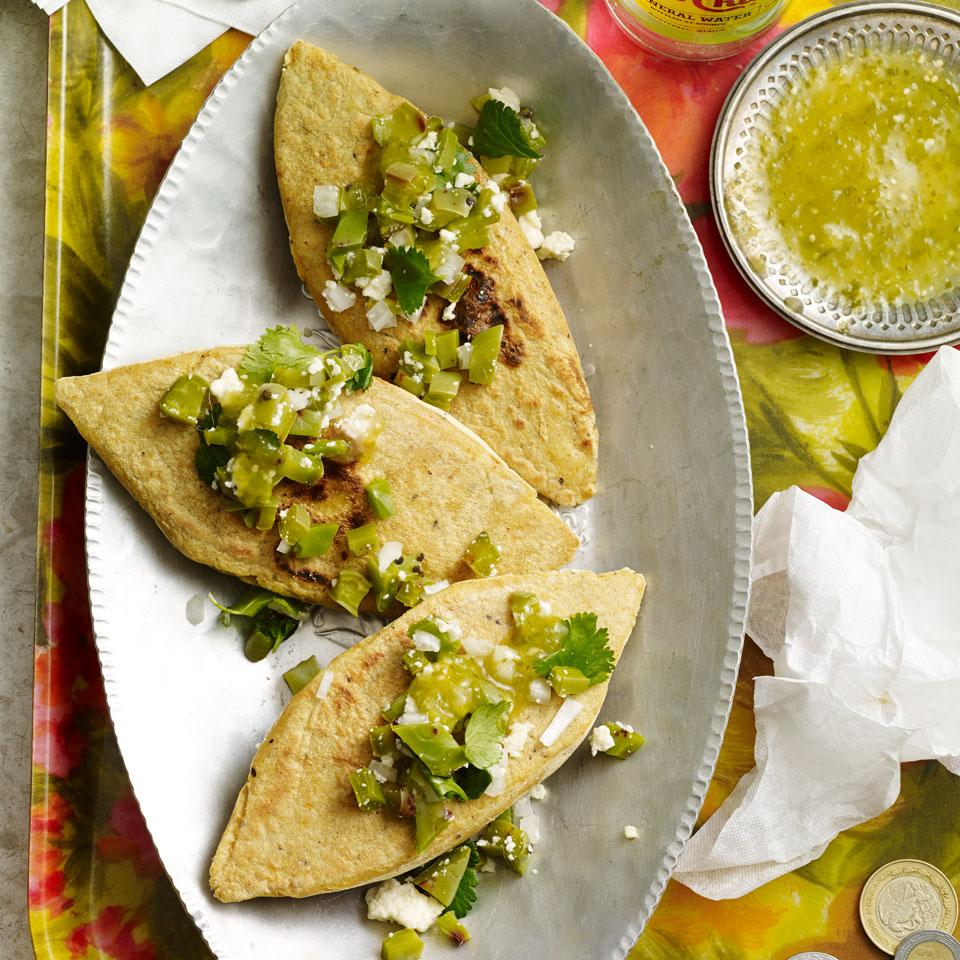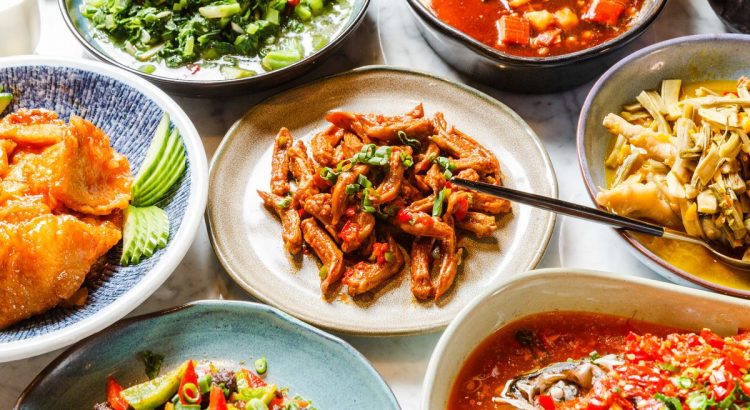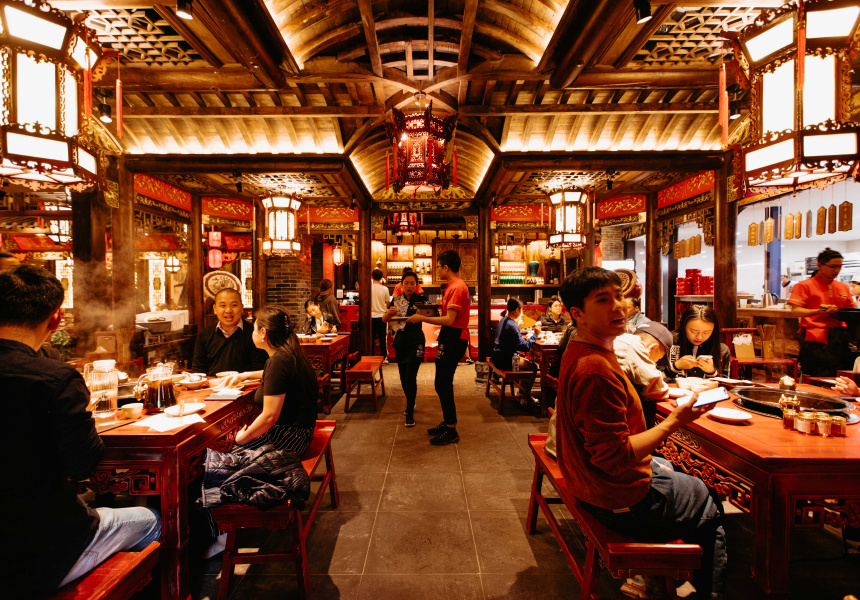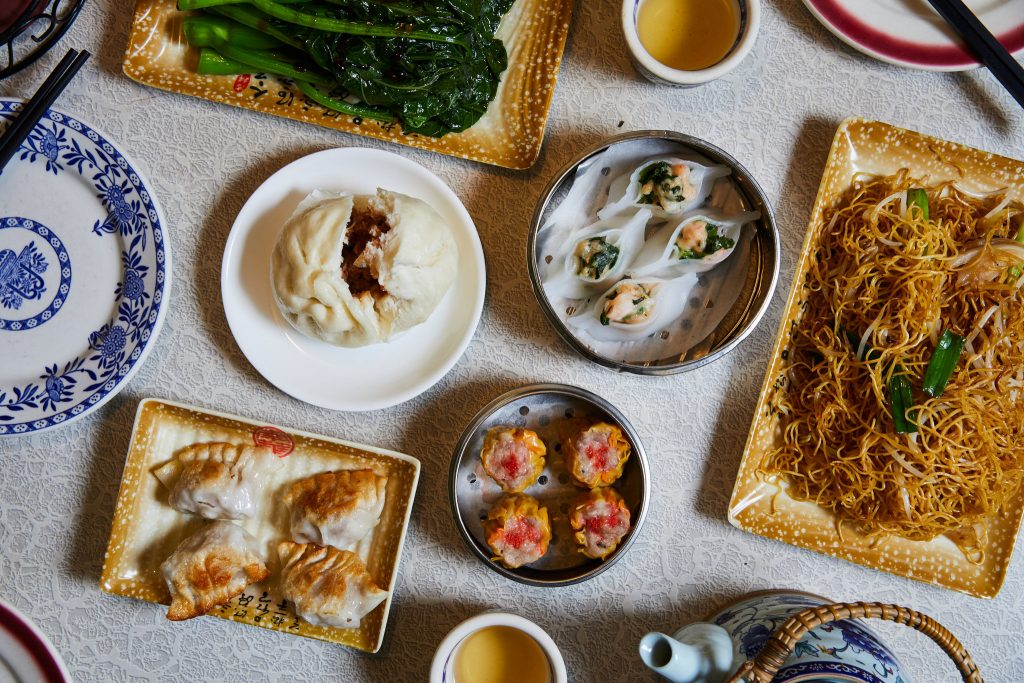When planning a trip to Vegas, party bus Las Vegas NV rental is an essential part of the fun. These luxury vehicles come with high ceilings, advanced air systems, laser lights, dancing poles, and comfortable seats to make your party as comfortable as possible. You can get a variety of packages for the bus rental, depending on the number of people you’re taking with you. In this article, we’ll take a look at some of the different options for party bus rentals in Las Vegas.
Cost of party bus rental in Las Vegas NV
The most common use for a party bus rental in Las Vegas is for a bachelorette party, wedding, or nightclub excursion. Rates start at $120 per hour. These rates are exclusive of taxes, fees, and other surcharges. Additionally, if you rent the bus for an evening event or for a special event that lasts longer than midnight, you may be charged a higher rate.

The cost of party bus rental in Las Vegas NV depends on the size of your group. There are six to 50 passenger party buses available. If you are traveling with a small group of friends or family, a medium-sized party bus will be just right. Large party buses are ideal for large groups and may require coordinating with multiple transportation services. In addition, limo rentals are convenient for various events and can accommodate up to 50 passengers.
Types of party buses available in Las Vegas NV
There are many different kinds of party buses available in Las Vegas. Many have up to 40 passengers, and include mini bars, dance poles, and modern sound systems. The party buses available for rent in Las Vegas can accommodate any type of event, from a bachelorette party to a wedding. Depending on the size of your group, you can choose to have a full-service bar, a full dance floor, or anything in between.
Party bus rentals in Las Vegas Nevada can take you anywhere you want to go and look opulent. The interior of these buses is spacious and has high ceilings and advanced air systems. Other features include laser lighting, a dance pole, and comfortable seating. The buses can be rented for a single hour, half-day, or a full day, and have an extensive range of amenities.
Packages available for party bus rentals in Las Vegas NV


Party bus rentals in Las Vegas, Nevada are a great way to get everyone to the party, without breaking the bank. These buses can seat up to eight people, or fifty, depending on the package you choose. Each vehicle comes with the latest sound systems, DVD players, mood lighting, and more, which makes it the perfect way to celebrate any event. The Nevada Transportation Authority has several different packages to choose from.
While you may be tempted to drive yourself, it is best to hire a limo or a party bus. This is far more affordable than multiple limos, and you can keep the party going while you’re on the road. Plus, it is more convenient to share the costs with friends. Plus, party bus rentals are great for Christmas parties or Christmas celebrations, because everyone can ride together.

